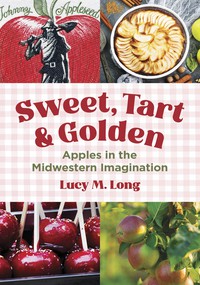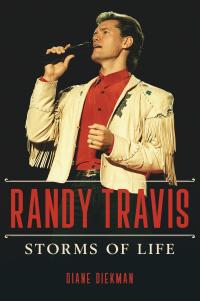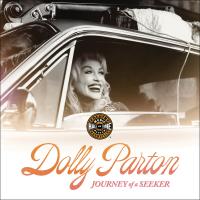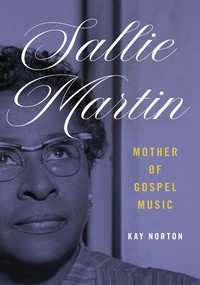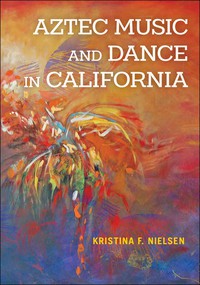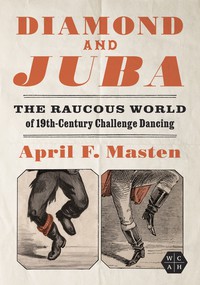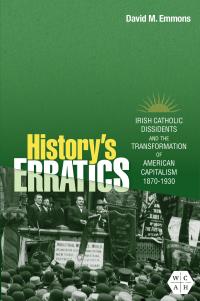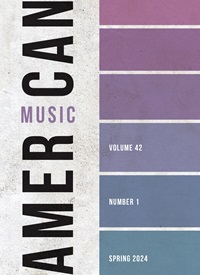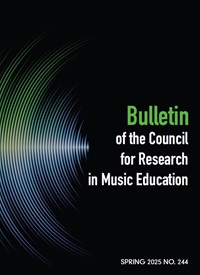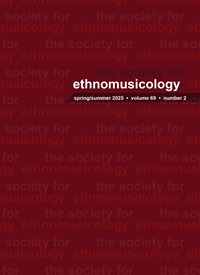
Ballads Beyond Borders
How the Irish Diaspora Shaped Music in the Nineteenth-Century United States
Cloth – $110
978-0-252-04960-6
Paper – $32
978-0-252-08926-8
eBook – $19.95
978-0-252-04876-0
Publication Date
Paperback: 09/15/2026
Cloth: 09/15/2026
Cloth: 09/15/2026
Series: Music in American Life
About the Book
This is a study of how Irish diaspora shaped musical practice in nineteenth-century America. Moving beyond a focus on the transmission of elements of Irish traditional music to music in the US, or the ways in which Irish Americans used US musical practices to negotiate identities in the New World, Sarah Gerk explores the role played by Irish immigration, as a sociological and cultural phenomenon, and by Irish immigrants themselves in shaping the musical life of the United States. This work offers revealing opportunities to understand race—particularly access to white privilege— diaspora, and musical life in the nineteenth century, as well as to understand how particular musical sounds themselves became bound up with certain diasporic communities and spaces.Gerk opens by considering the popularity of Thomas Moore’s iconic collection Irish Melodies in relation to the history of British colonization shared by the US and Ireland, arguing that these songs modeled what the music of an Anglo-Celtic republic could sound like. She considers blackface minstrelsy’s complicated relationship with both Irish-American performers and theatrical stereotypes of Irish people, and positions Irish-American performers and audiences as a primary driving force in new musical styles in 1840s sheet music, in which minstrelsy’s resemblances to Anglo-Celtic traditional music disappeared. She examines the legacy of the Great Famine in music of the US Civil War, considering how that music’s role in emotional life offers robust source material for understanding famine memory. She explores the increasingly elaborate sketches in the 1870s and 1880s of the variety duo Harrigan and Hart, highlighting ways in which violent conflict between the Black community and the Irish lies at the very heart of the Mulligan entertainments. Finally, she contextualizes the work of Irish-American tenor Chauncey Olcott, showing how a number of confluent trends—the growing wealth and social status of Irish-American middle classes, the Gaelic revival, new immigration patterns, and the consolidation of the US’s sheet music industry—allowed Olcott to perform an elevated version of Irish-American musical culture, influenced by superficial elements of Italian operatic music.
* Publication supported by an H. Earle Johnson Publication Subvention from the Society for American Music and by a grant from the AMS 75 PAYS Fund and General Fund of the American Musicological Society, supported in part by the National Endowment for the Humanities and the Andrew W. Mellon Foundation.

